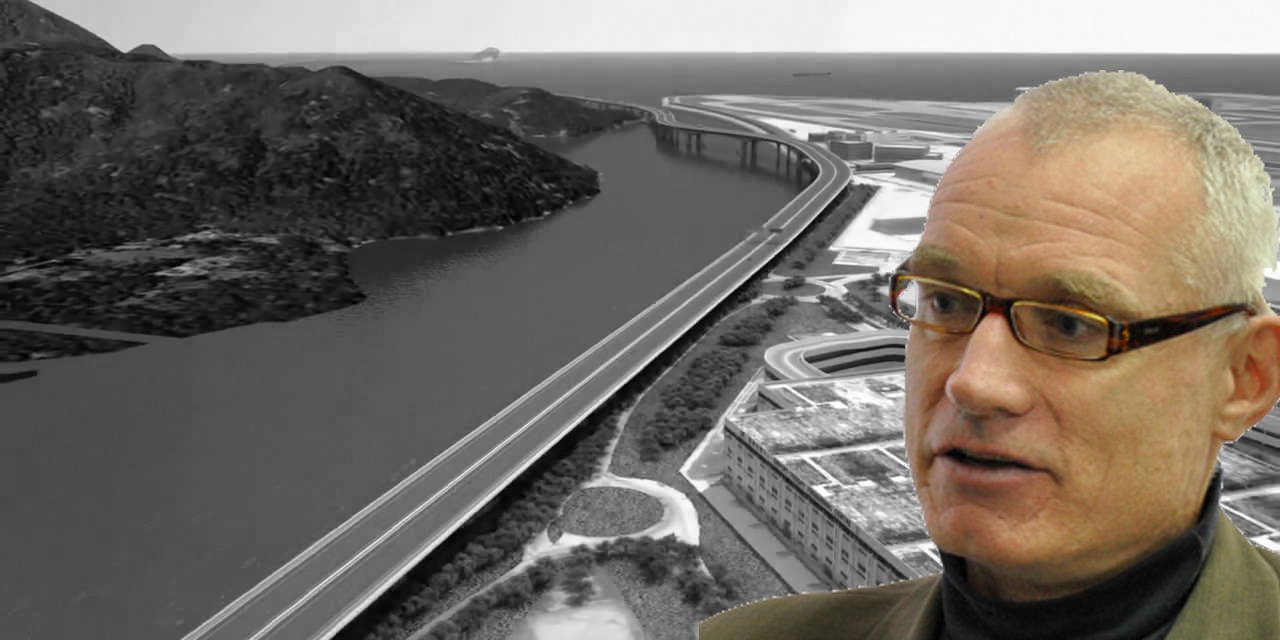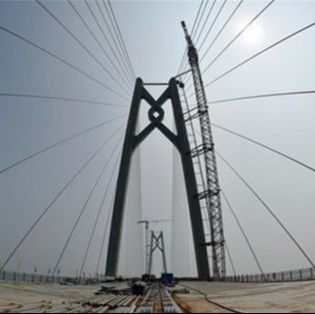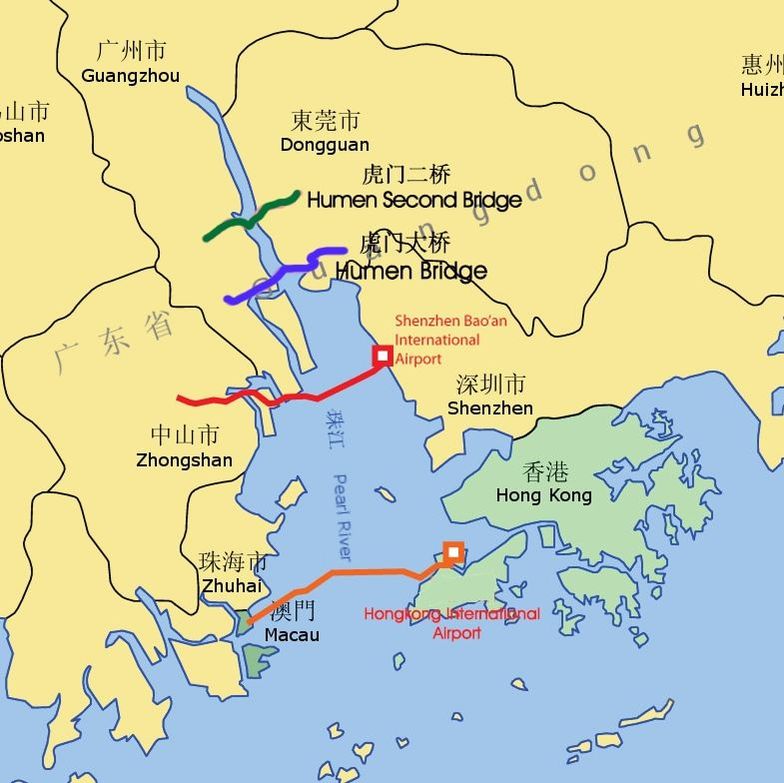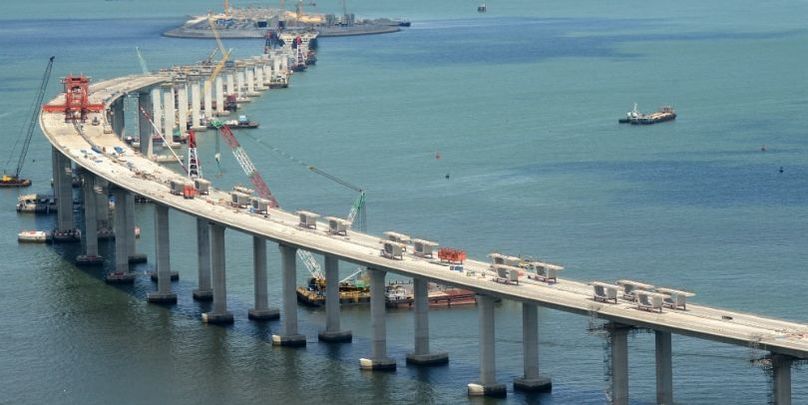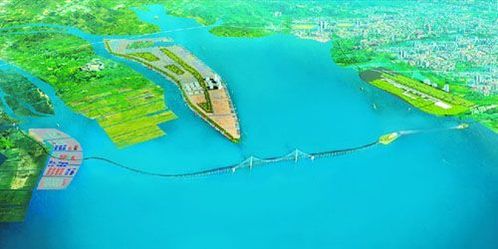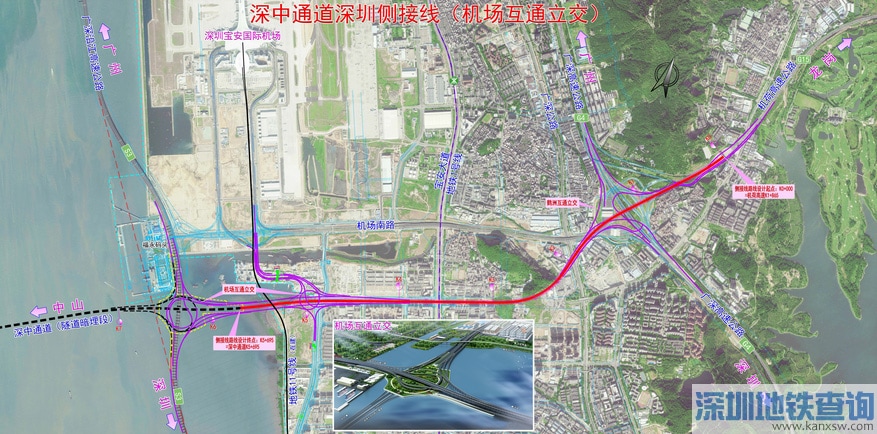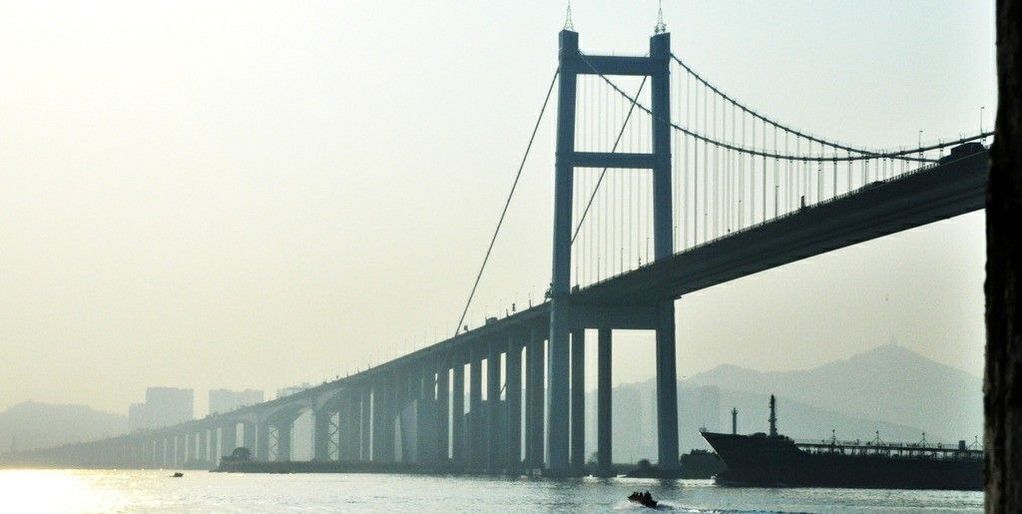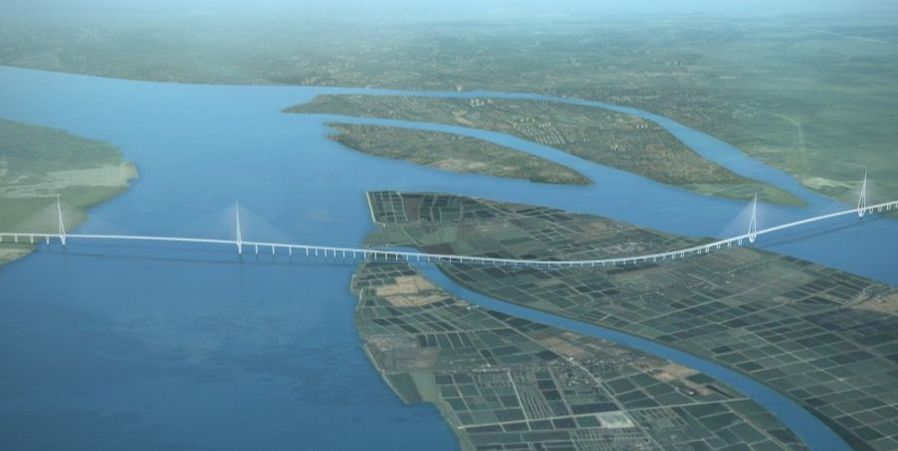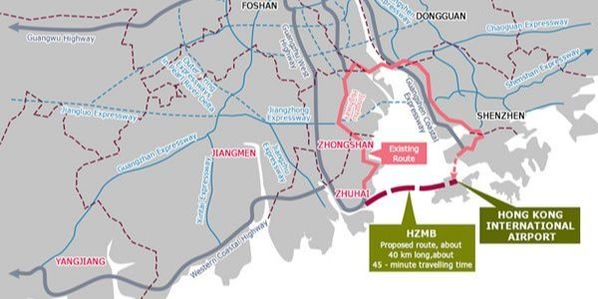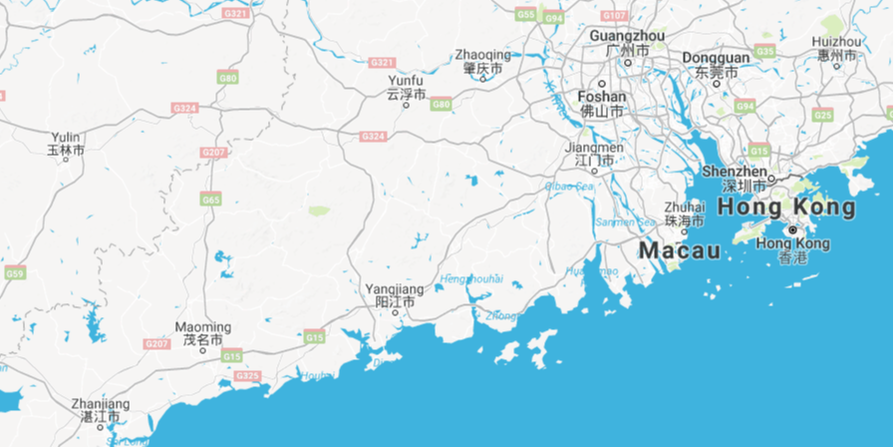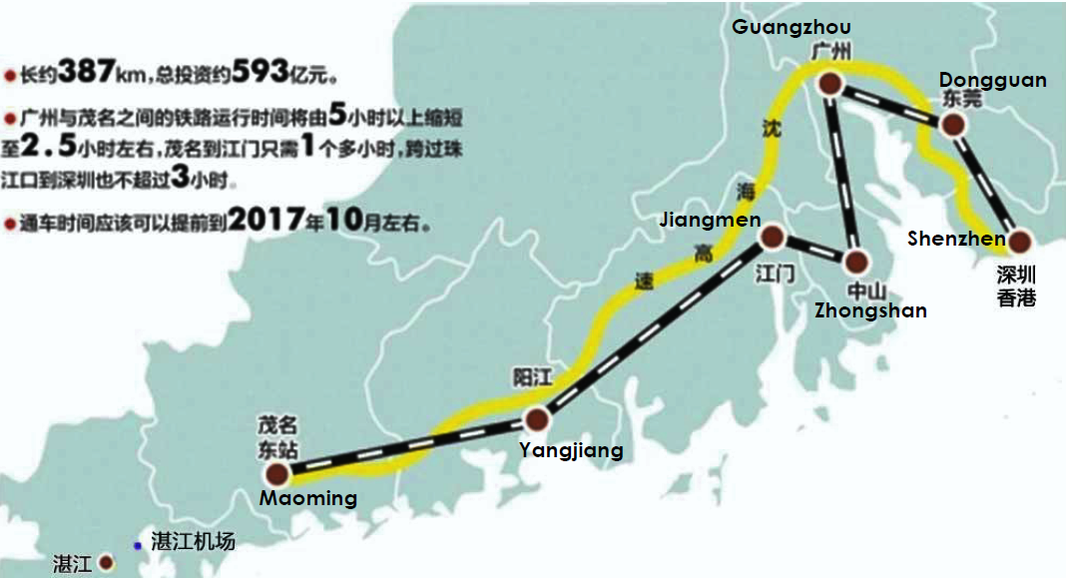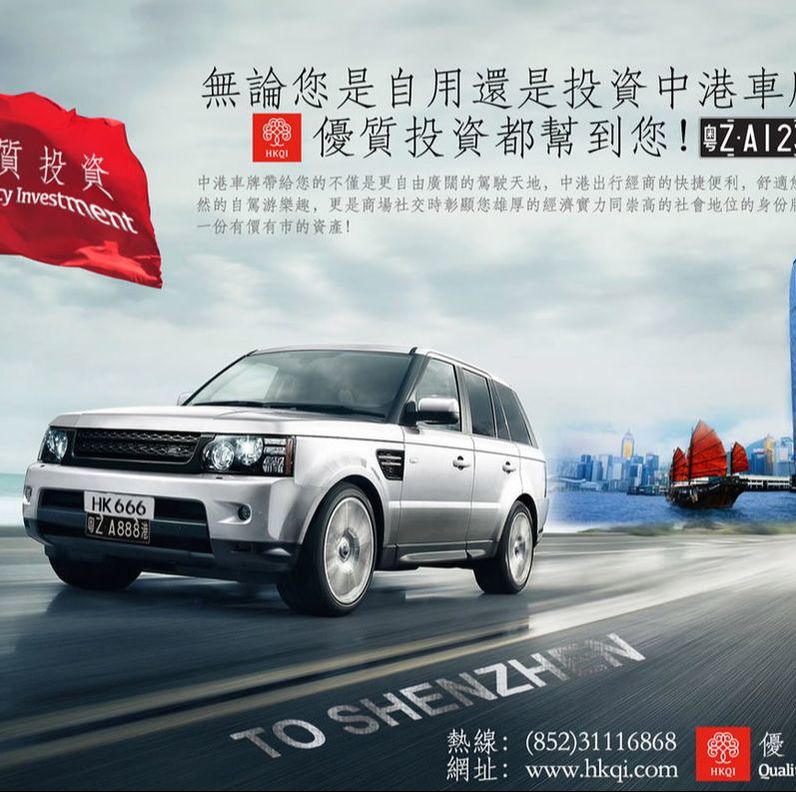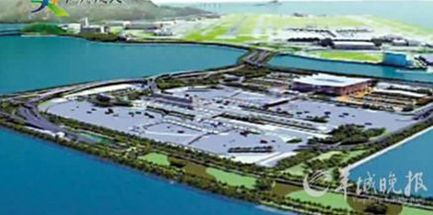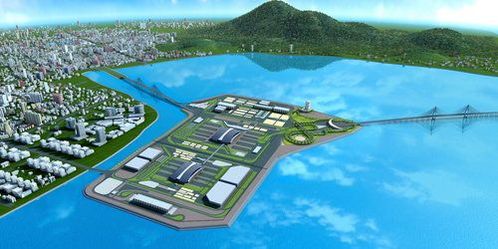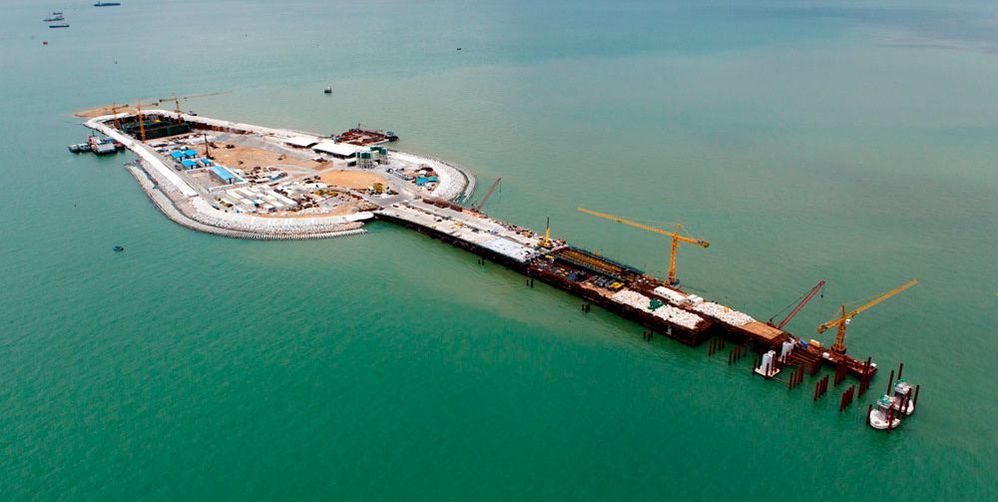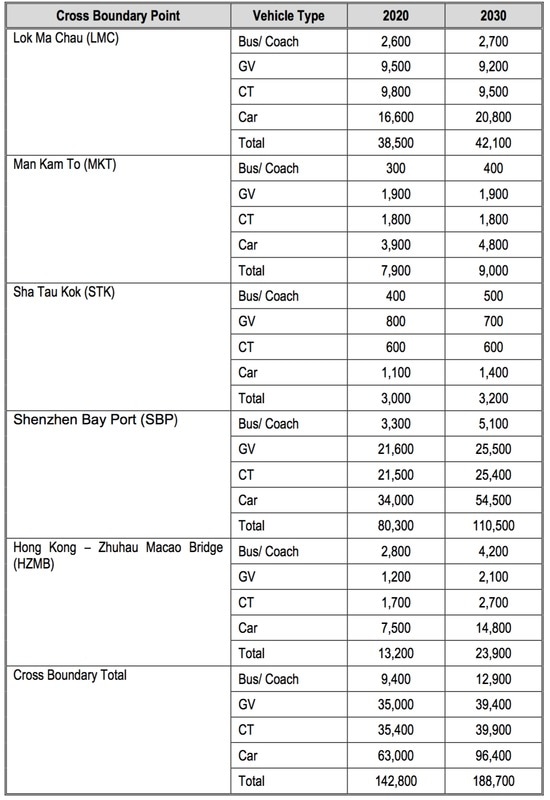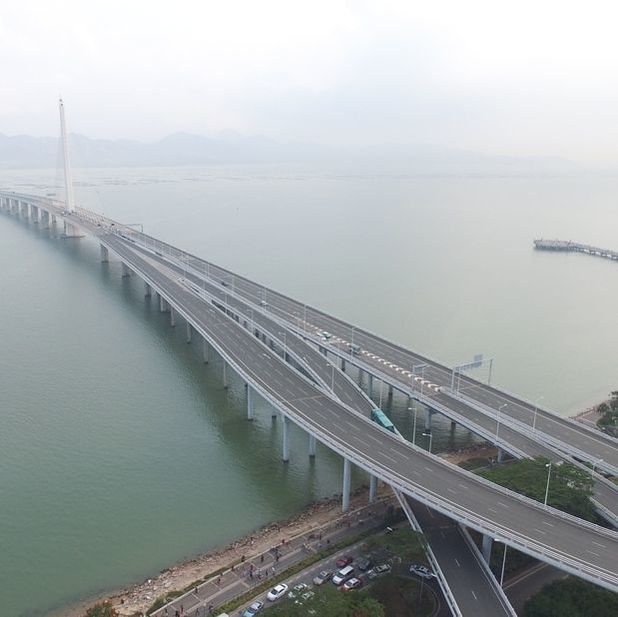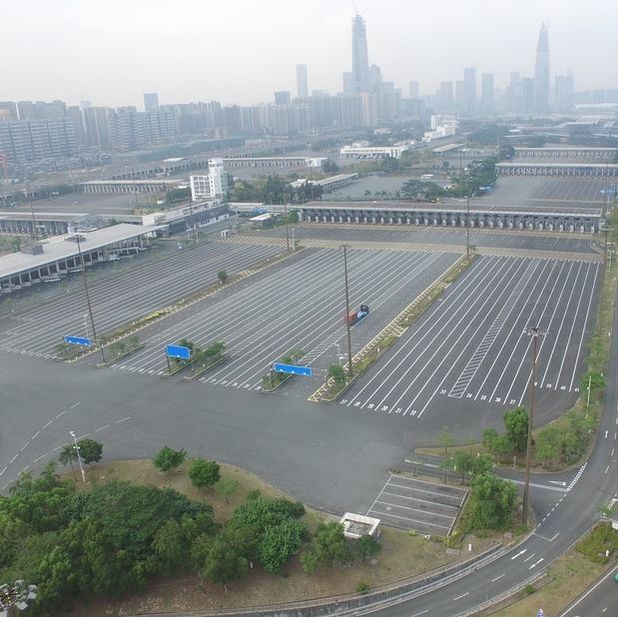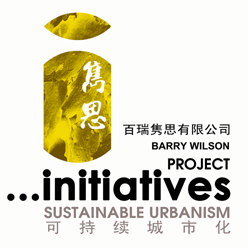|
A Bridge Too Far?
08/03/2017
barrysays
Delays to the Hong Kong-Zhuhai-Macau Bridge, scheduled to open last October, now look like postponing the operation to as late as 2021. By then, it is anticipated that both the Shenzhen-Zhongshan Bridge and Humen No.2 Bridge will be up and running as well as the opening of the new International Air Cargo Hub at Maoming in western Guangdong. The manufacturing and logistics landscape of PRD will be radically different from that anticipated in 2007 when the project was given the go ahead.
Barry Wilson is a Landscape Architect, urbanist and university lecturer. His practice, Barry Wilson Project Initiatives, has been tackling urbanisation issues in Hong Kong and China for over 20 years. (www.initiatives.com.hk).
2016/12/07
No Stopping Rapid Change 2016/10/27 Wars of the Road 2016/08/26 When Fantasy Becomes Reality 2016/06/16 Change Is Coming...... Too Fast Or Not Fast Enough? |
Reference:
[1] HKSAR Legislative Council Panel on Transport Hong Kong – Zhuhai – Macao Bridge: 24 April 2009 [2] HKSAR Legislative Council Panel on Transport Hong Kong – Zhuhai – Macao Bridge: 24 April 2009 [3] Land Acquisition and Resettlement On-site Meeting of Zhanjiang International Airport [4] http://www.scmp.com/news/hong-kong/economy/article/2006164/hong-kong-mainland-authorities-propose-take-headache-out [5] HKSAR Legislative Council Panel on Transport Hong Kong – Zhuhai – \Macao Bridge: 24 April 2009 [6] Legislative Council Panel on Transport Progress Update of Discussions with Governments of Guangdong Province and Macao Special Administrative Region on Cross-boundary Transport Arrangements for Hong Kong-Zhuhai-Macao Bridge - 29 February 2016 [7] https://www.hongkongfp.com/2016/ 12/06/the-hk-zhuhai-macau-bridge-an-economic-excuse-for-a-political-gamble/ [8] HK2030 Study by Planning Department, October 2007 [9] http://www.gov.hk/en/about/abouthk/ factsheets/docs/transport.pdf [10] HK2030 Study by Planning Department, October 2007 [11] http://archive.news.gov.hk/isd/ebulletin /en/category/infrastructureandlogistics/ 070628/features/html/070628en06001.htm |
Services |

